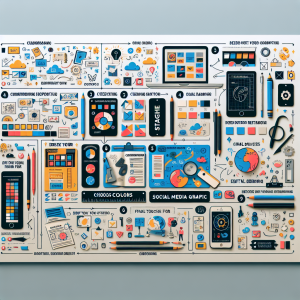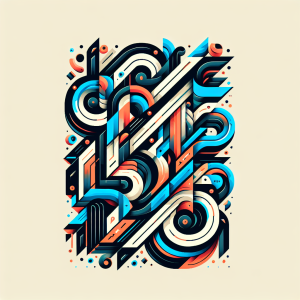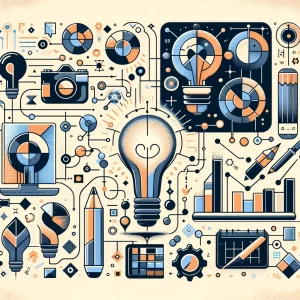

Graphic design plays an integral role in capturing the interest and attention of our audience. With numerous resources at our disposal, someone with a discerning eye and an understanding of design fundamentals can create compelling layouts that make a lasting impression. This practical guide will take you through the process of creating a captivating graphic design layout.
Understanding Graphic Design Basics

The foundation of an attractive graphic design lies in understanding the basic elements of design and the principles that govern them. In terms of color theory, it’s critical to learn how different colors interact with each other and the emotions they can evoke. Mastery of typography involves understanding the nuances of different typefaces and how to pair them effectively. Lastly, understanding the principles of layout – balance, proximity, alignment, repetition, contrast, and space – is key in creating an organized and engaging design.

Planning the Layout
The next step in design layout creation involves careful planning. It’s crucial to consider the purpose and message of your design and align it with the desired visual impact. Begin by drawing rough sketches of your layout, experimenting with the positioning of elements, visual hierarchy, and flow. Utilizing a grid system can be very helpful in maintaining alignment and ensuring a balanced layout.
Selecting the Right Visual Elements
Incorporating strong visual elements into your design can greatly augment its appeal. High-quality images, bold fonts, and compelling colors can contribute to making your design stand apart. Keeping the elements consistent throughout your design is important – the same color palette, font choices, and overall style should be maintained to establish a cohesive visual language.
Employing Design Software Tools
The design arena is blessed with an array of powerful tools – Adobe Photoshop, Illustrator, and InDesign are the industry-standard software you can use for creating layouts. Photoshop is fantastic for photo editing and digital painting, Illustrator shines in creating vector graphics, and InDesign is ideal for layout design, particularly for multi-page layouts like magazines or books. Mastering these tools can give you extensive control over your layout and allow you to execute your vision more accurately.
Finalizing and Evaluating the Design
Once you’ve put together all elements of your design, it’s time to evaluate and polish it. Step back and assess your design as a whole – does it effectively communicate the intended message? Is the text legible at all sizes? Do the colors and fonts match the overall tone and purpose of the design? Seek feedback from peers or mentors to get a fresh perspective – they might point out something that you may have overlooked.
In summary, a good graphic design layout demands a solid understanding of design fundamentals, careful planning, thoughtful selection of visual elements, proficient use of design tools, and thorough evaluation. So, next time you’re tasked with creating a layout, remember – effective design is a blend of keen aesthetics, strategic thinking, and meticulous attention to detail.







